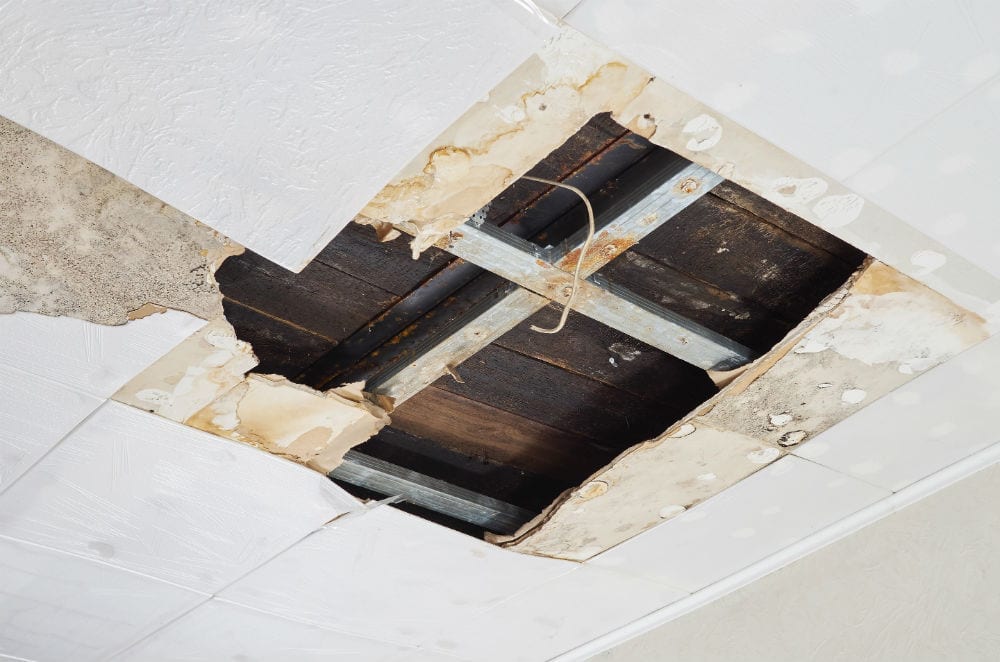6 Water Damage Reconstruction Do's as well as Don'ts.
6 Water Damage Reconstruction Do's as well as Don'ts.
Blog Article
The article in the next paragraphs relating to Reducing Your Risk Of Water And Fire Damage At Home is truly entertaining. Give it a try and draw your own personal findings.

Though water gives life, water intrusion on parts where it's not meant to be can lead to damage. If the water saturates right into your structure, it can peel off away surface areas as well as wear down the structure. Mold as well as mold additionally prosper in a damp environment, which can be hazardous for your health and wellness. Homes with water damages smell old and also stuffy.
Water can come from several resources such as typhoons, floods, burst pipes, leakages, and sewage system concerns. In case you experience water damages, it would be good to know some security precautions. Right here are a few guidelines on exactly how to manage water damage.
Do Prioritize Residence Insurance Coverage Coverage
Water damage from flood because of heavy winds is seasonal. You can also experience an abrupt flood when a malfunctioning pipe all of a sudden ruptures right into your house. It would certainly be best to have home insurance coverage that covers both acts of God such as all-natural tragedies, as well as emergency situations like broken plumbing.
Don't Neglect to Shut Off Utilities
In the event of a calamity, specifically if you stay in a flood-prone location, it would certainly be advisable to switch off the primary electrical circuit. This cuts off power to your entire home, preventing electric shocks when water can be found in as it is a conductor. In addition, don't fail to remember to shut off the primary water line valve. When floodwaters are high, furniture will certainly move and create damage. Having the main shutoff shut off avoids additional damage.
Do Stay Proactive and Heed Weather Condition Notifies
Storm floodings can be really unforeseeable. If there is a history of flooding in your area, stay ready and also aggressive. Pay attention to emptying cautions if you live near a creek, river, or lake. Obtain valuables from the ground floor as well as cellar, after that put them on the greatest possible level. Doing so lowers potential residential property damages.
Don't Ignore the Roofing System
You can avoid rainfall damages if there are no openings and leaks in your roof. This will protect against water from moving down your wall surfaces as well as soaking your ceiling.
Do Pay Attention to Small Leakages
A burst pipe doesn't occur over night. You may see bubbling paint, peeling wallpaper, water touches, water discolorations, or leaking noises behind the walls. Have your plumbing fixed prior to it results in large damages.
Don't Panic in Case of a Ruptured Pipeline
When it comes to water damages, timing is essential. Therefore, if a pipeline bursts in your home, quickly closed off your primary water valve to cut off the source. Call a respectable water damage repair professional for assistance.
Water offers life, water intrusion on components where it's not supposed to be can result in damages. Houses with water damages smell mildewy and also old.
Water damage from flood dues to hefty winds is seasonal. You might notice gurgling paint, peeling wallpaper, water touches, water spots, or leaking noises behind the walls. When it comes to water damages, timing is vital.
Some Do's & Don't When Dealing with a Water Damage
DO:
Make sure the water source has been eliminated. Contact a plumber if needed. Turn off circuit breakers supplying electricity to wet areas and unplug any electronics that are on wet carpet or surfaces Remove small furniture items Remove as much excess water as possible by mopping or blotting; Use WHITE towels to blot wet carpeting Wipe water from wooden furniture after removing anything on it Remove and prop up wet upholstery cushions for even drying (check for any bleeding) Pin up curtains or furniture skirts if needed Place aluminum foil, saucers or wood blocks between furniture legs and wet carpet Turn on air conditioning for maximum drying in winter and open windows in the summer Open any drawers and cabinets affected for complete drying but do not force them open Remove any valuable art objects or paintings to a safe, dry place Open any suitcases or luggage that may have been affected to dry, preferably in sunlight Hang any fur or leather goods to dry at room temperature Punch small holes in sagging ceilings to relieve trapped water (don't forget to place pans beneath!); however, if the ceiling is sagging extremely low, stay out of the room and we'll take care of it DO NOT:
Leave wet fabrics in place; dry them as soon as possible Leave books, magazines or any other colored items on wet carpets or floor Use your household vacuum to remove water Use TV's or other electronics/appliances while standing on wet carpets or floors; especially not on wet concrete floors Turn on ceiling fixtures if the ceiling is wet Turn your heat up, unless instructed otherwise

We are very eager about Preventing Fires and Water Damage In Your Home and I hope you appreciated the new page. Are you aware of somebody else who is excited about the subject? Take a moment to share it. We appreciate reading our article about Simple Solutions To Preventing Fire And Water Damage To Your Home.
Report this page